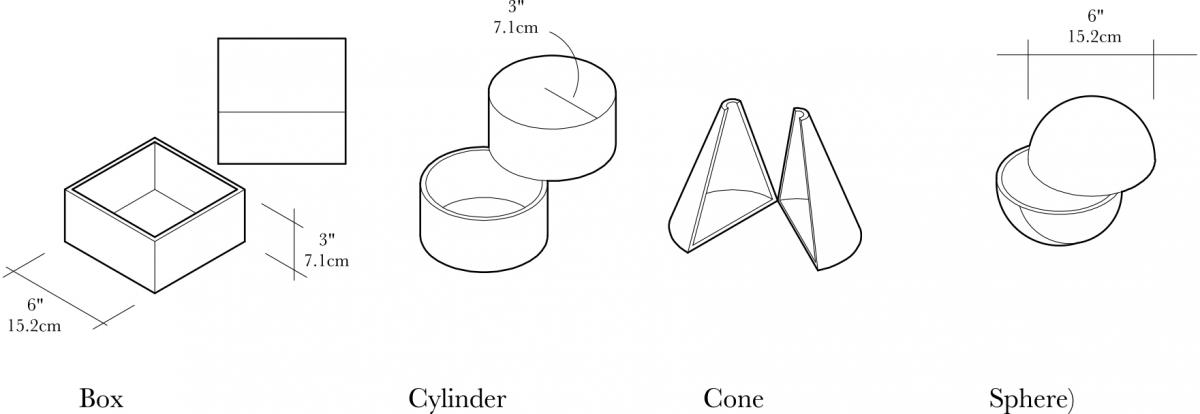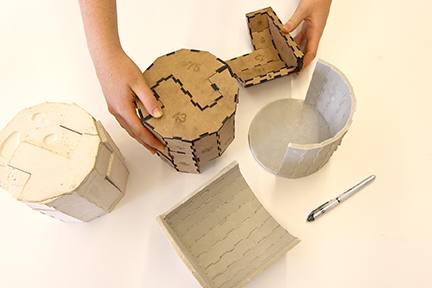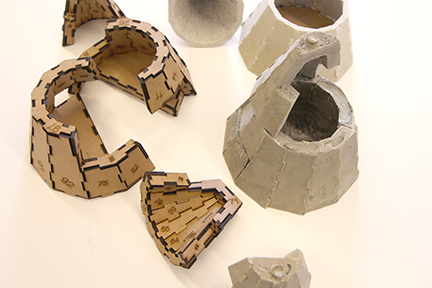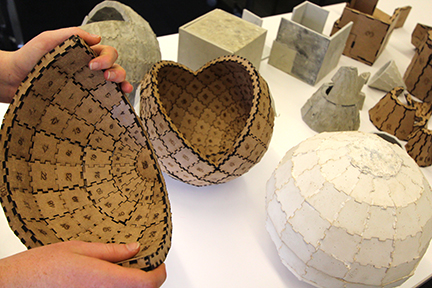Lu Ban: Planar Modeling Design Tool
Lawrence Sass Massachusetts Institute of Technology Lujie Chen Singapore University of Technology and Design Ines Ariza, SMarchS MIT Massachusetts Institute of Technology UROPs Elisabeth Boles, June Kim, Calvin Zhong
Planar Decomposition is a project that explores ways to automate the transformation of a shape into 2D puzzle-pieces ready for manual or robotic assembly. This is an age-old problem for human production that that asks how should a whole be decompose the whole into parts. Decomposition is a cornerstone problem in computers science in most cases defined as divide and conquer.

Designers find decomposition an exceptionally difficult problem. Solutions must address goals related to form, function and structure. For example, car designers struggle to decompose a newly formed design of a car body into components parts ready for manufacture and assembly. They have to consider appearance, structure, wind loads and functional access to the interior of the car.

 Figure 2 Modulated Shapes
Figure 2 Modulated Shapes
In this study we consider how to whole shapes of building structures prefabricated modules. Each section of the building is fabricated in a factory and delivered by flat bed truck. To test the problem we test decomposition on four basic shapes: cube, cone, cylinder and cone. Planes and finger joints make up the core structure of a planar element. Each generated base on the extraction of flat polygons and edge connections between polygons. In other words curved shapes need to first be composed as shapes built of flat surfaces with joining edges.
 Figure 3 Resulting Cylinder, Cone, Box and Sphere both as solid and casted models
Figure 3 Resulting Cylinder, Cone, Box and Sphere both as solid and casted models


